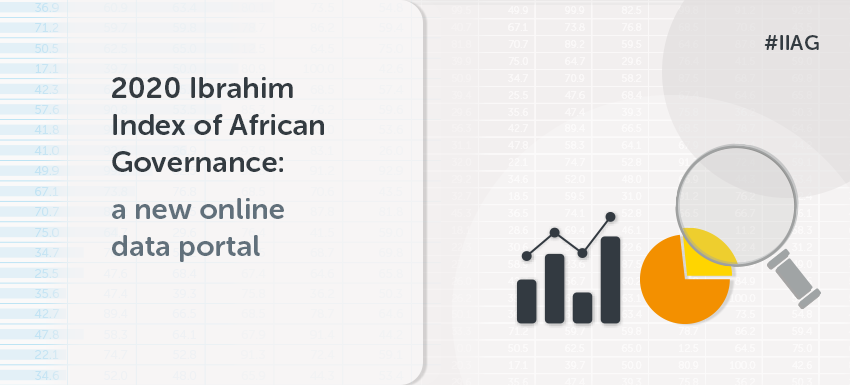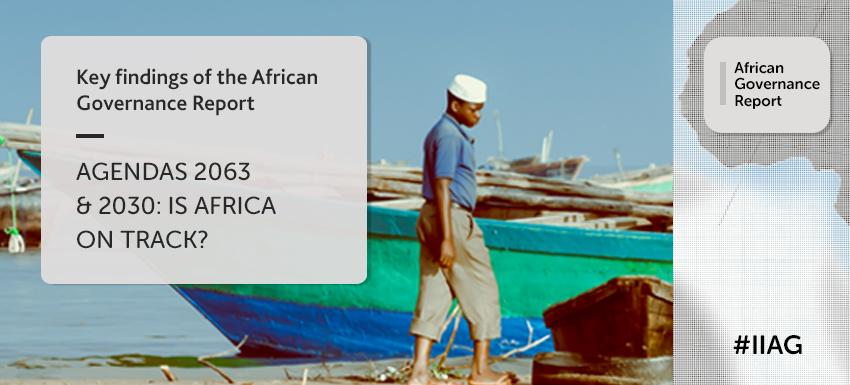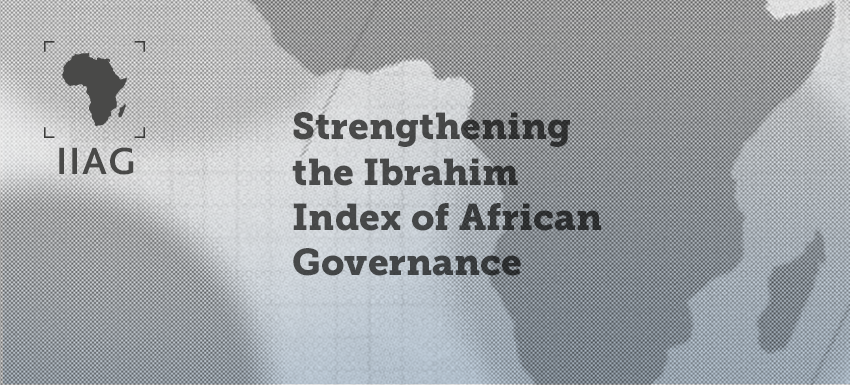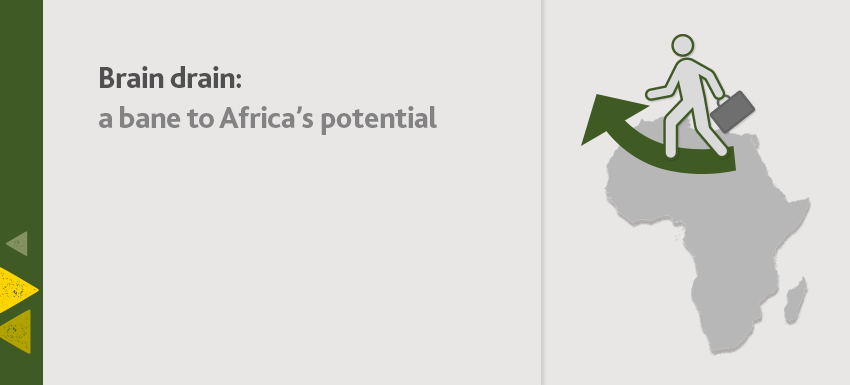The Ibrahim Index of African Governance (IIAG) includes a variable that assesses the extent to which a government is involved in an armed conflict. The indicator Government Involvement in Armed Conflict, which sits in the National Security sub-category of the Index, is coded by the Foundation’s research team using the source variables Primary party in armed conflict and Secondary party in armed conflict, collected from the version 17.1 of the UCDP/PRIO Armed Conflict Dataset, which contains yearly information on armed conflict where at least one party is the government of a state in the time period 1946-2016.
While ‘primary parties’ are identified as the parties that have formed incompatibility by stating incompatible positions, at least one of them being the government of a state, ‘secondary parties’ are identified as states that enter a conflict with troops to actively support one of the primary parties. A secondary warring party does not need to meet the 25 battle-related deaths criteria; an active troop participation of their forces is enough.

The Uppsala Conflict Data Program (UCDP) is a data project from the Department of Peace and Conflict Research at the Uppsala University in Sweden. With a history of almost 40 years, it constitutes the world’s main provider of data on organised violence and the oldest ongoing data collection project for civil war. UCDP’s definition of armed conflict has been at the forefront of the global standard on how conflicts are systematically defined and studied. In this sense, an armed conflict is understood as a contested incompatibility that concerns government and/or territory where the use of armed force between two parties results in at least 25 battle-related deaths a year. At least one of the two warring parties is the government of a state.
When an armed conflict results in more than 1,000 battle-related deaths in a year, UCDP considers it to be a war. In an article published in the Journal of Peace Research (JPR) in 2015, UCDP researchers show that although the number of armed conflicts has decreased considerably since the end of the Cold War, an upward trend has been recorded during the past ten years. In 2014, UCDP recorded 40 armed conflicts with a minimum of 25 battle-related deaths, six more than in 2013. 11 of these conflicts reached the level of war.
How do we code this indicator?
- The Foundation takes the following columns from the UCDP/PRIO Dataset: Location, SideA, SideA2nd, SideB, SideB2nd and Year.
- If a government is involved as a primary party (either on SideA or SideB) in an armed conflict, which can be an interstate or intrastate conflict, the country is given a score of 2.0. If a government is involved as a primary party in more than one conflict in a given year, these primary involvements are added together to obtain the final score for this component.
- If a government is involved as a secondary party in an armed conflict (either on SideA2nd or SideB2nd), which can be an interstate or intrastate conflict, the country is given a score of 1.0. If a government is involved as a secondary party in more than one conflict in a given year, these secondary involvements are added together to obtain the final score for this component.
- Once the scores for both components of this indicator for a given country in a given year have been coded, they are then added together to obtain the final raw data value, which can be an indefinite value. For instance, as the table below shows, in raw data terms, Ethiopia would score a total of 5.0 points in 2010 (using 2016 IIAG data). Ethiopia would receive 2.0 points for each one of the two conflicts in which its government is involved as a primary party (conflict between the government of Ethiopia and the Ogaden National Liberation Front in the territory of Ogaden and conflict between the government of Ethiopia and the Oromo Liberation Front in the territory of Oromiya), and 1.0 point for the one conflict in which the Ethiopian government acts as a secondary party (conflict between the government of Somalia, supported by the government of Ethiopia, and the jihadist fundamentalist groups Al-Shabaab and Hizbul Islam).

Normalisation
After the scores for both components of this indicator for each country in each year are added, all the raw data scores are normalised to allow meaningful comparisons between variables and countries. The Foundation employs a statistical method called min-max normalisation whereby all raw data scores are transformed to a scale of 0.0-100.0. See our previous post for a more detailed explanation of the min-max normalisation process.
The 2017 IIAG dataset will span 17 years and, for the first time, contain scores for 100 indicators, including Government Involvement in Armed Conflict. To learn more about the continental averages as well as country-level scores, access iiag.online for the global online launch of the 2017 IIAG results on 20 November.







